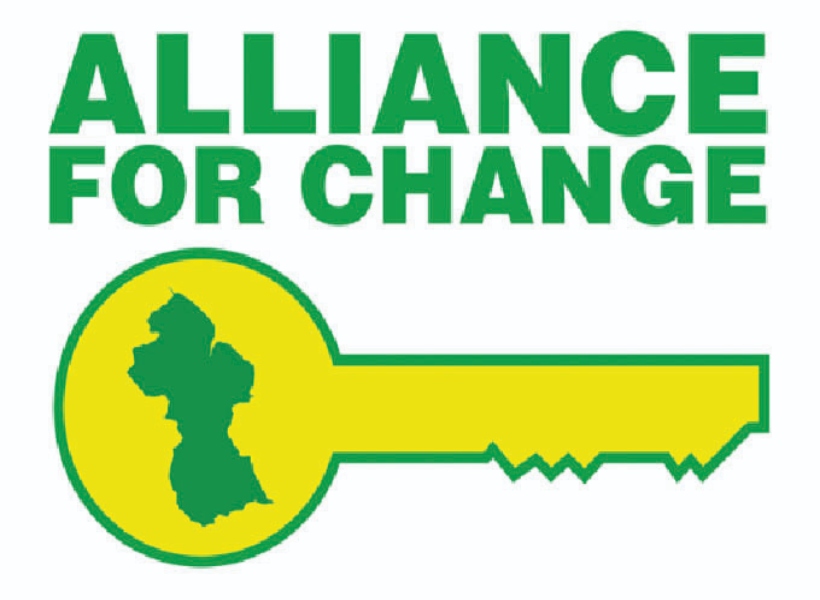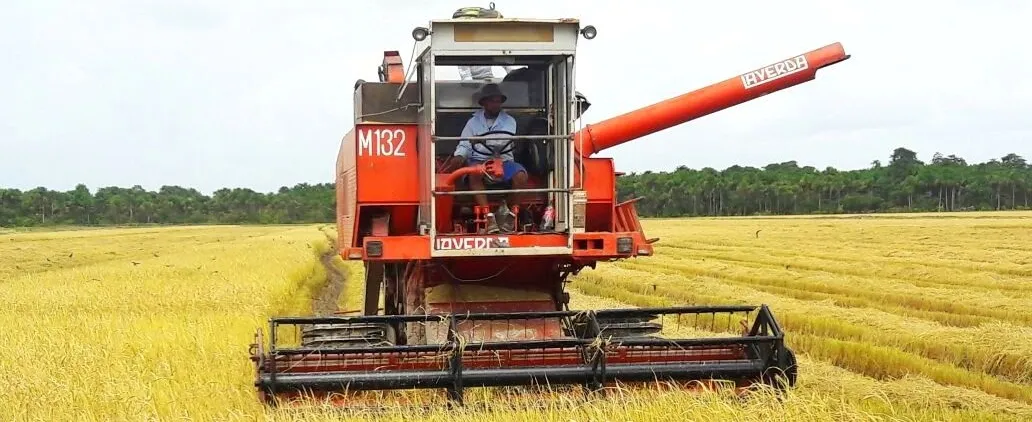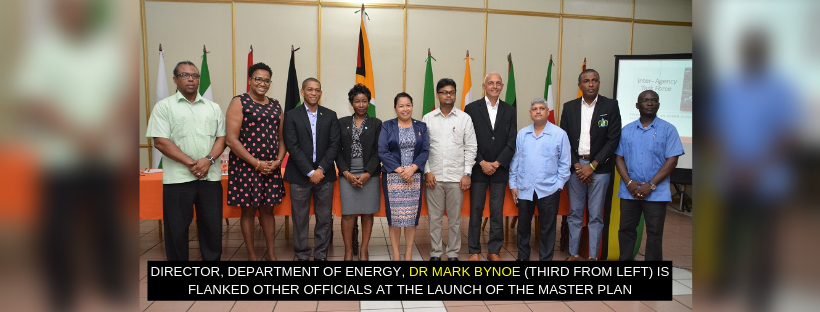With Georgetown being the hub of business and port activities for the oil and gas industry, the launch of an Inter-Agency Task Force for the Crafting of an Urban Development Master Plan is timely. This is according to Minister of Communities Ronald Bulkan.
Bulkan said at the tactical launching ceremony yesterday that an organised and structured development framework is crucial for this sector as developments move apace. He is confident that there will soon be a surge in the demand for public and private infrastructure, particularly in urban spaces.
The convening of the Task Force marks the beginning of the national discourse mandated by the Cabinet to give priority attention to waterfront development and urban planning. Minister Bulkan said it is expected to serve as a mechanism of support to, primarily, “increase the probability of maximum positive impact on the society.”
The minister also noted that the government intends to arrest the decay caused by the dearth of planning institutions and weak enforcement of building and zoning codes over the past two decades that have resulted in the growth of unregulated areas in both residential and commercial areas as well as public spaces.
In order to realise its vision of a modern, 21st-century urban space, the ministry, together with key public sector agencies, aims to create sustainable communities by mainstreaming its green agenda.
In this vein, it aims to address the priority areas captured in Guyana’s Green State Development strategy (GSDS), which incorporates themes such as water resources management and sanitation, housing and transportation, among others.
Director of the Department of Energy, Dr Mark Bynoe, reiterated that the GSDS is the best model to realise this goal. Further, with Guyana poised to start oil production in 2020, the concept of the “Smart Urban Development Master Plan” is no apter than at the present, he said. In his presentation titled, “Urbanizing in the face of an emerging oil and gas industry,” Dr Bynoe said he believes that Guyana’s small population provides an opportunity for a focus to be placed on seeking out technological solutions to current transportation challenges in particular.
“Georgetown, as we know it today, is a place of greater flow of heavy vehicular traffic; increasing congestion and angst; ineffective traffic management; non-existent priority lanes; a culture of impatience and intolerance; insufficient enforcement of the city laws and by-laws, and insufficient multi-purpose facilities. It is, therefore, essential that any such Master Plan must include the consideration of identifying infrastructure needs (on-shore support), such as fabrication and construction, and supply and service opportunities, such as transportation and distribution, arising from exploration and development of oil and gas resources in offshore Guyana. It is therefore essential that we also seek to enhance the participation of local business, institutions, associations and individuals in commercial and direct and indirect employment,” he said.
Dr Bynoe also noted that discussions should not only centre on what production would mean but how all these phases would impact the urban landscape. He said there are a range of economic opportunities for local and regionally based suppliers, as well as the oil and gas companies, at each phase of development.
The Task Force, which is tasked with implementing the master plan, also comprises representatives from the Ministry of the Presidency, the Mayor and City Council, the Environmental Protection Agency, the Guyana Lands and Surveys Commission, the Central Planning and Housing Authority, the Maritime Administration, the Ministry of Natural Resources, the Ministry of Agriculture, the Ministry of Public Infrastructure, and the Ministry of Business.









